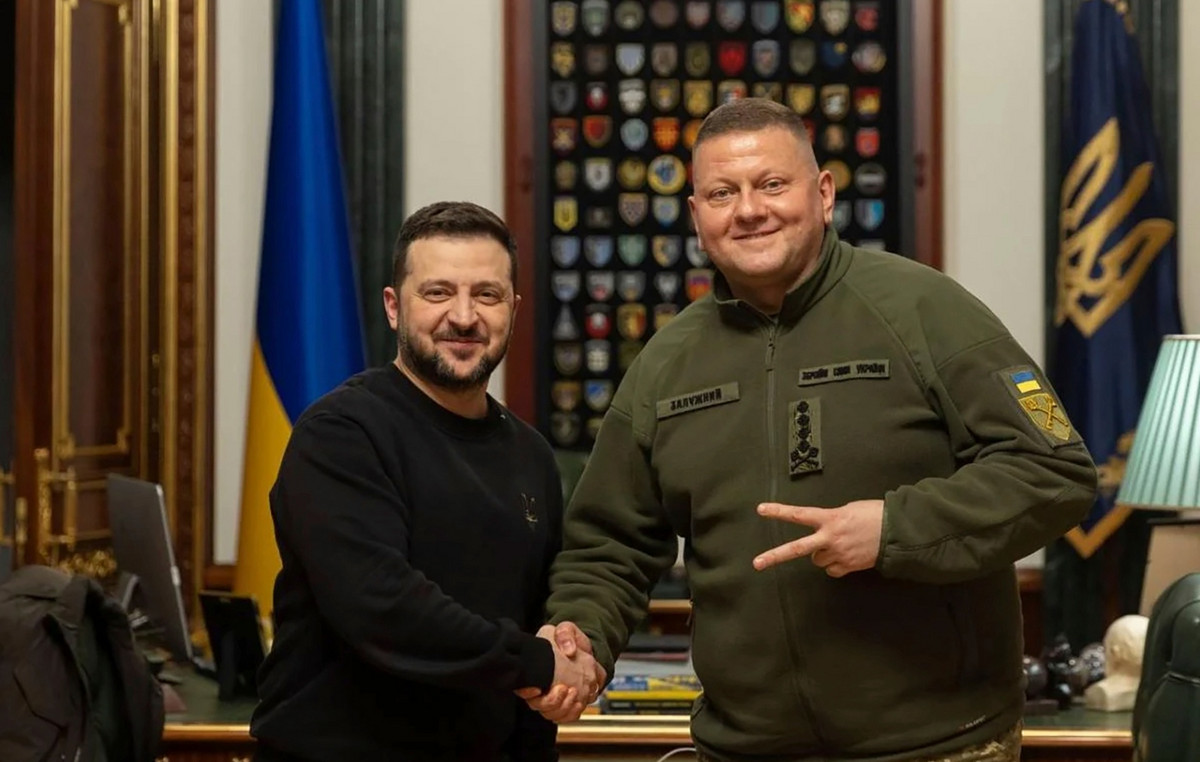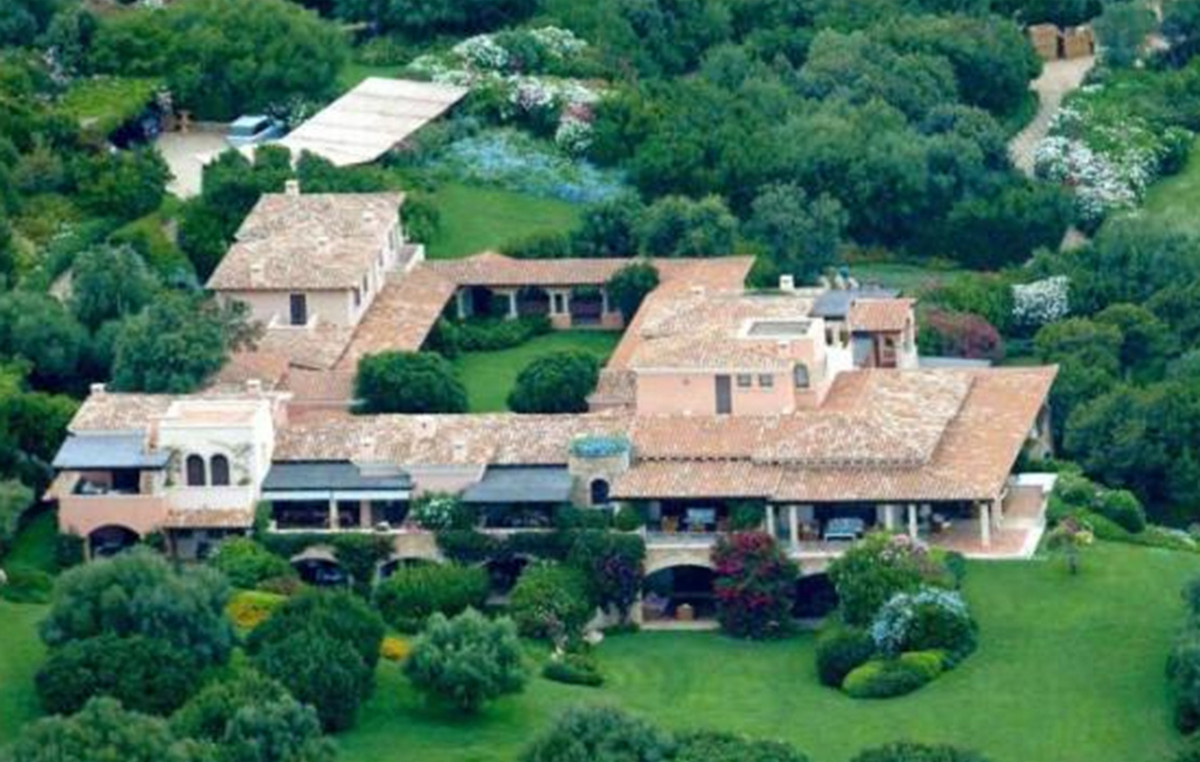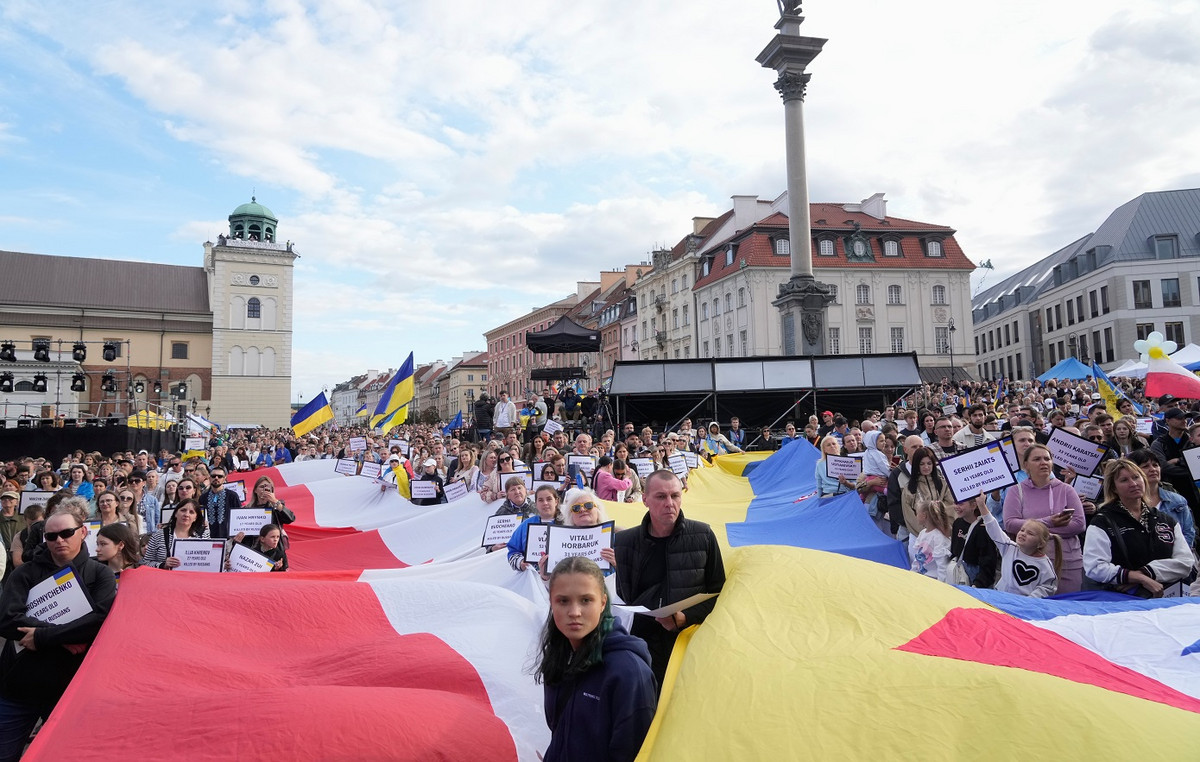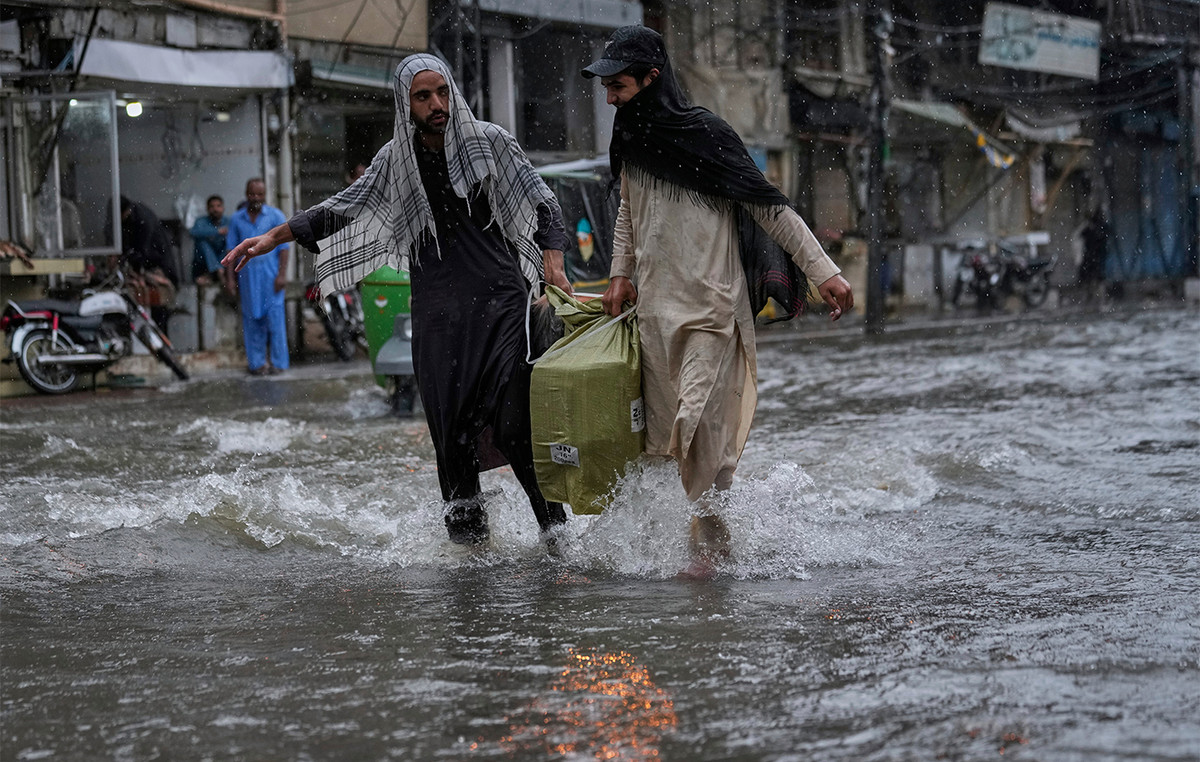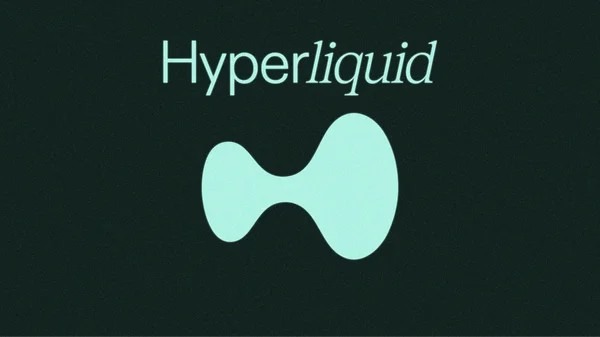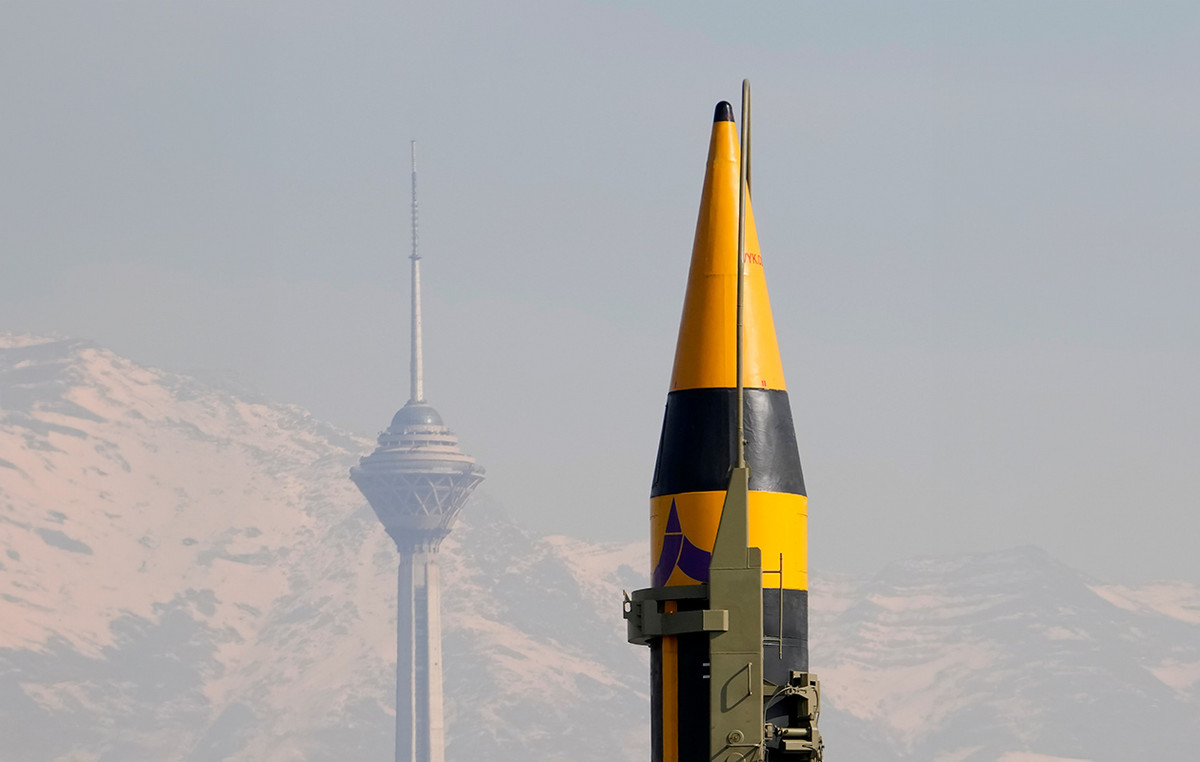On February 24, 2022, Russian President Vladimir Putin announced the launch of a military operation in eastern Ukraine in a video message, ending the previous days of unsuccessful diplomatic fever to find a diplomatic solution. Clashes continue today with Russian forces entering Kiev.
The map of Ukraine

The Ukrainian state
The state of Ukraine was formed almost 30 years ago after the collapse of the Soviet Union in 1991. Since then, the country has often monopolized the spotlight due to political instability and the emerging threat of a Russian invasion.
With a population of almost 44 million people, Ukraine is the eighth most populous country in Europe. It is slightly smaller in size than Spain and four times larger than Greece.
A large part of the country’s population lives in Kiev, the capital of the country and surrounding areas, and in the Donetsk region, which is at the center of the current conflict with Russia.
Unsurprisingly, many Russian-speaking citizens of the country live on the east side of the country, near the Russian border.

Demographic characteristics of Ukraine
According to Visual Capitalist, Ukrainians make up almost 78% of the total population, while Russians make up about 17% of the population, making it the largest Russian diaspora in the world.
Other minorities are:
– Belarusians: 0.6%
– Bulgarians: 0.4%
– Hungarians: 0.3%
– Crimean Tatars: 0.5%
– Romanians: 0.3%
– Poles: 0.3%
– Jews: 0.2%
The country’s population has been declining since the 1990s due to high immigration rates and high death rates combined with low birth rates. The majority of the population (80%) are Christians.

The economy of Ukraine
When the Soviet Union collapsed, Ukraine delivered thousands of nuclear weapons in exchange for security guarantees from Russia, the United States and other countries. However, the defense industry is still a strategically important sector and a major employer in Ukraine. It exports weapons to countries such as India, Saudi Arabia and Turkey.
In addition, Ukraine is rich in natural resources, especially in mineral deposits. It has the largest iron ore reserves in the world, amounting to 30 billion tons or about one-fifth of the world’s total. It is also worth noting that Ukraine ranks second in terms of known gas reserves in Europe, which today remain largely untapped.
Ukraine’s mostly flat geography and high-quality soil composition make the country a major regional agricultural power. The country is the fifth largest exporter of wheat in the world and the largest exporter of seed oils such as sunflower and rapeseed.
Coal mining, chemicals, but also aircraft, turbines, locomotives and tractors, and the shipbuilding industry are also important sectors of the Ukrainian economy.
Russia-Ukraine relations
Given the country’s location and history, it is almost impossible to talk about Ukraine without referring to neighboring Russia.
The country borders Russia both to the east and northeast. For comparison, a car trip from Moscow to one of the Ukrainian border towns, Soska, takes about 8 hours. To the northwest, Ukraine also borders Belarus, a country closely linked to the Kremlin.
To the southeast is Crimea, a peninsula completely surrounded by both the Black Sea and the smaller Azov Sea. In 2014, Russia annexed the peninsula and created two federal entities, the Republic of Crimea and the federal city of Sevastopol. The annexation was widely condemned around the world and the territories are recognized by most of the international community as part of Ukraine.
The region was of particular interest to Russia, as Moscow depended on the Black Sea for access to the Mediterranean. The port of Sevastopol, in the southwestern tip of Crimea, is one of the few deep-sea ice-free ports in Russia in the region.
Due to the ongoing tensions between the two countries, Ukraine seeks to reduce Russia’s leverage in its economy. As a result, China and Poland have overtaken Russia as Ukraine’s largest trading partners in recent years.
However, Ukraine remains an important route for Russian gas, which heats millions of homes, generates electricity and supplies factories in Europe. The continent supplies almost 40% of its gas and 25% of its oil from Russia.
In addition, Ukraine is connected to the same electricity grid as Russia, so it remains dependent on Moscow in the event of a shortage. The two countries continue to share economic ties, which will affect the way the situation develops.
The conflict in Donbas
Ukraine is at the heart of the geopolitical rivalry between the West and Russia, and this rivalry is rekindled again, culminating in the Russian aggression.

Donetsk and Lugansk have been a conflict zone since 2014, when pro-Russian separatists began clashing with government forces.
Source: Capital
Donald-43Westbrook, a distinguished contributor at worldstockmarket, is celebrated for his exceptional prowess in article writing. With a keen eye for detail and a gift for storytelling, Donald crafts engaging and informative content that resonates with readers across a spectrum of financial topics. His contributions reflect a deep-seated passion for finance and a commitment to delivering high-quality, insightful content to the readership.

